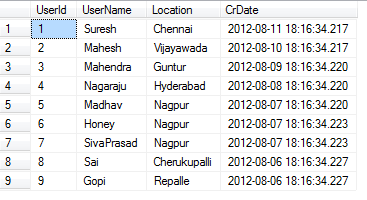Plant Database - Lady Bird Johnson Wildflower Center.
Euphorbiaceae, spurge family of flowering plants (order Malpighiales ), containing some 6,745 species in 218 genera. Many members are important food sources. Others are useful for their waxes and oils and as a source of medicinal drugs; dangerous for their poisonous fruits, leaves, or sap; or attractive for their colourful bracts (leaflike.A tree is symbolic of nurturing energies if it is a fruit bearing tree. More tree symbolism and symbolic meanings of the tree represent. a recovery from illness, ambition or wishes fulfilled, thing having to do with family, blessings of nature, good fortune, stability, shelter and security. Ancient Celtic tribes had meanings and uses for many.Facts about Viceroy Butterfly, Scientific name for Viceroy Butterfly is Limenitis archippus The Viceroy Butterfly are small, dark orange butterflies that range through most parts of the United States and parts of Mexico and Canad - KnowledgeBase.LookSeek.com.
Genetic variation and conservation of the endangered Chinese endemic herb Dendrobium officinale based on SRAP analysis December 2008 Plant Systematics and Evolution 276(3):149-156.Lady Bird Johnson Wildflower Center focused on protecting and preserving North America's native plants through native plant lists and image galleries, conservation, education, natural landscapes, seed collection - Millennium Seed Bank (MSB) Project, preserving and restoring native communities, spreading awareness on invasive species and gardening to attract wildlife.
It has been known for a long time that the phytohormone cytokinin (CK) is involved in numerous physiological processes crucial to plant growth and development (1,2,3,4).More recently, it became more and more obvious that this hormone also plays an important role in response to abiotic stresses such as drought, salinity, or cold (5,6,7,8).Crosstalk between different signaling pathways seem to.












